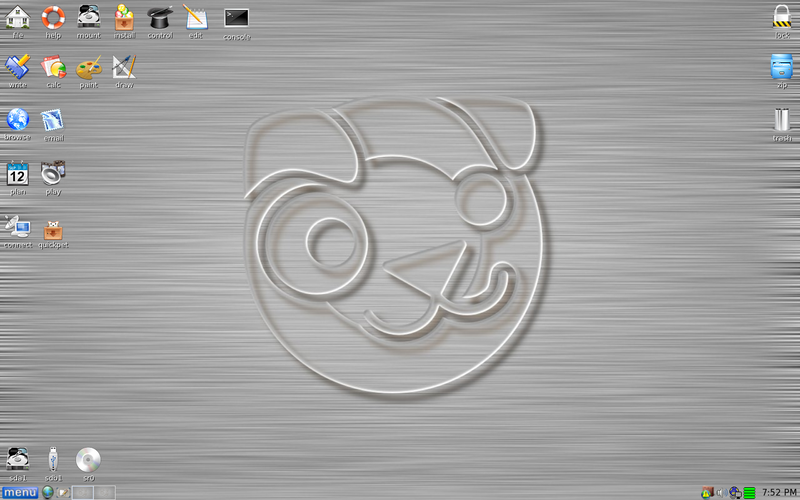-every time the computer is turned on it goes to the advanced boot options screen
-all safe mode options get stuck at mup.sys
-last known good config & normal options get stuck on the Windows logo screen
-tried running diagnostics from BIOS and it failed almost immediately; can't remember which fail code it gave--I think either #1-07 or #2-07
-tried opening the recovery console from Windows cd; said it couldn't find a hard disk drive
I've looked up info about each of these issues and basically the conclusion I've come to is the hard drive is more or less dead. Again, no surprise, the laptop is old and we knew it was coming. In fact, I had the exact same laptop, purchased at the same time, and mine bit the dust about 2 years ago, though via different circumstances. When that happened to mine, I was able to extract all my files through linux. I don't remember how to do that (still have the cd I made for linux, though), and I'm not sure if it would work in this situation since his hd seems to be worse off than mine was. Luckily he backed it up fairly frequently with an external hd, so not too much needs to get pulled off.
So in summary, I'm not really looking to fix the problem, since I'm pretty much convinced the hard drive is a goner (unless you experts think it is salvageable). Mainly I would just like to know how to get the files he needs off of it.

















 Sign In
Sign In Create Account
Create Account

